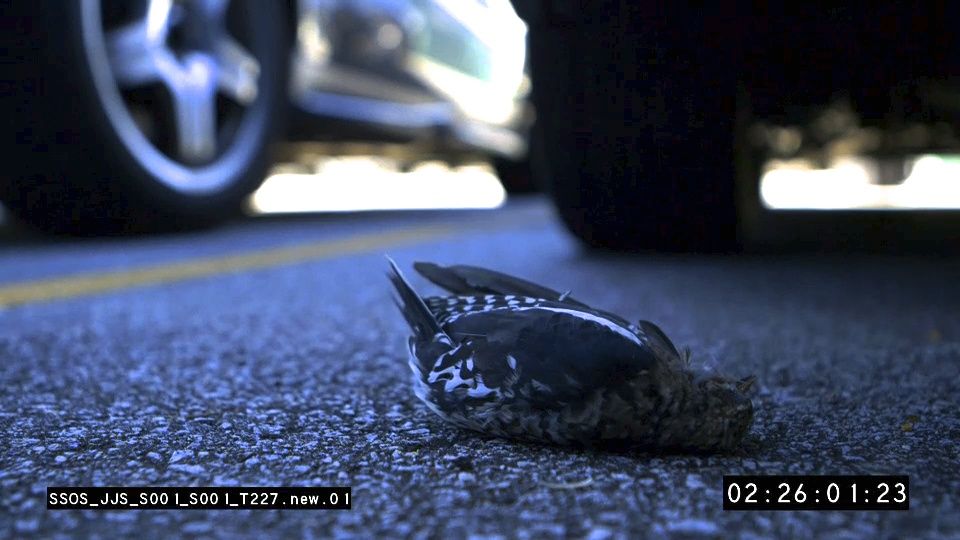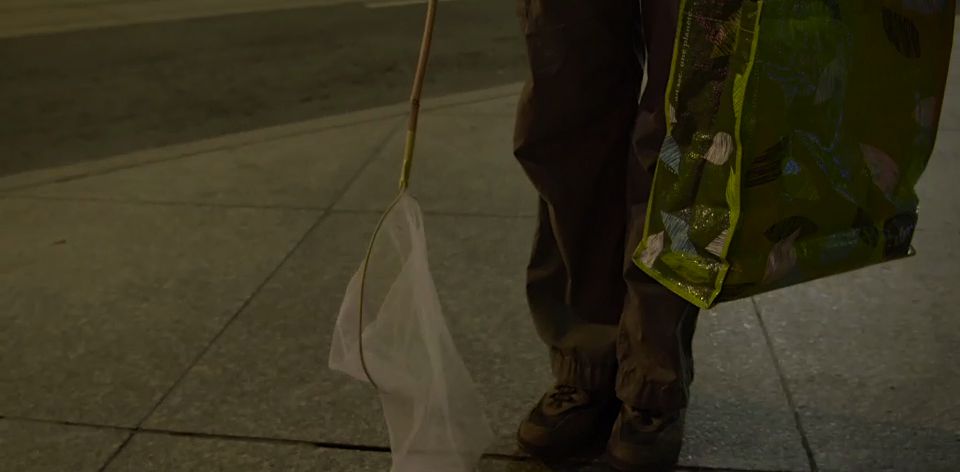FLAP recovers three species at risk from bird collisions
Fatal Light Awareness Program (FLAP) just released a sobering news release about three federally listed species at risk that they have recovered from building collisions in Toronto. We’ve written about FLAP on our blog before, they’re an incredible group of volunteers committed to advocacy and rescue work surrounding bird collisions with buildings.
If you’re in Toronto’s financial district in the very early morning of spring or fall, you may spot someone scurrying along the sidewalk carrying paper bags and a butterfly net. That’s a FLAP volunteer, scanning the street for a stunned bird that they can rescue or a dead one they can lay to rest.
So far this spring, those volunteers have recovered a live Red-Headed Woodpecker, a dead Golden-winged Warbler and one live and six dead Wood Thrushes. All these birds are protected under the federal Species at Risk Act and we can’t afford to lose anymore of them.
Last year, we filmed with Keith Pardiek at the Breeding Bird Survey, a joint American-Canadian songbird population-monitoring program. While there, he shared some distressing statistics with us: since 1966 Wood Thrush populations have declined 62%, Red-Headed woodpecker 70% and Golden-winged Warbler 70%.
“These birds play a vital ecological role,” said Michael Mesure, Executive Director of FLAP, “There are many commercially available, aesthetically pleasing solutions that can help to reduce bird collisions with buildings. Urban structures can be made safe for birds.”
We have filmed with FLAP several times over the course of shooting our documentary. The footage is inspiring and we can’t wait to share it with you. The story isn’t all doom and gloom either; there are reasons to be hopeful. FLAP’s advocacy work has led to some especially deadly buildings to be treated with bird-friendly window decals.
The same day FLAP published this news release, The New York Times published a feature about a large-scale research collaboration with New York City Audubon, the American Bird Conservation and Fordham University focused on various types of glass and their ability to deter birds. The goal of the project is to help conservationists and ornithologists understand and prevent this needless carnage.
FLAP Canada is asking anyone who finds a bird that has collided with a building to report the incident on FLAP Mapper – a live web tool that they have developed. Users can easily report a collision on an interactive map, as well as view locations of others.


